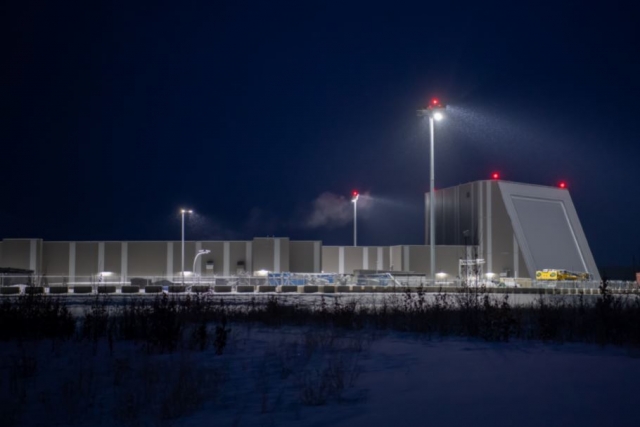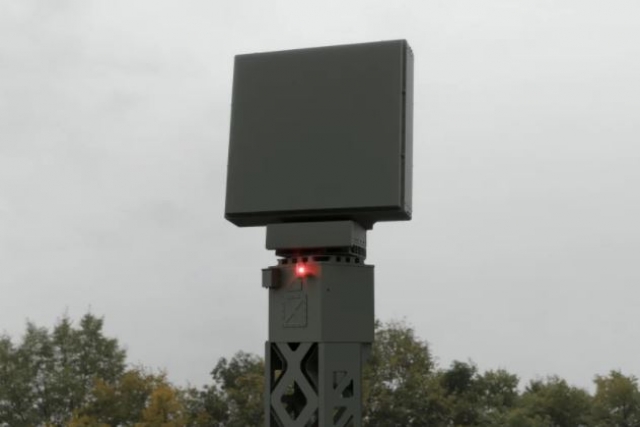U.S. Military Announces Initial Fielding of a New Long Range Radar

The Pentagon said it will begin testing a long-range radar for a homeland missile defense system that can track intercontinental ballistic missiles (ICBMs) as well as next generation threats such as hypersonic weapons.
The Long Range Discrimination Radar (LRDR) is a multi-mission, multi-face radar with a wide field of view. Its massive arrays, each measuring 60 feet high by 60 feet wide, and advanced gallium nitride technology make this radar more powerful, more capable, more persistent, and more reliable than currently available radars, the U.S. Missile Defense Agency (MDA) said in a statement.
"The LRDR has finished construction, and we can now begin the testing phase that will lead to the full operational use of this vital system. LRDR will allow Northern Command to better defend the United States from ballistic and hypersonic missile threats,” said MDA Director Vice Adm. Jon Hill.
Once fully operational, LRDR will provide unparalleled ability to simultaneously search and track multiple small objects, including all classes of ballistic missiles, at very long ranges, under continuous operation. Its discrimination capability will allow it to identify lethal objects, such as enemy warheads, and differentiate them from non-lethal decoys. This will increase the defensive capacity of the homeland defense interceptor inventory by conserving the number of Ground-Based Interceptors required for threat engagement. Highly adaptable, LRDR will address hypersonic missiles in future configurations.
The LRDR operates in S-band frequencies and features a scalable, open systems architecture designed to mitigate evolving threats. It is integrated into the Missile Defense System through the Command and Control, Battle Management and Communications element.
In addition to missile defense, the LRDR supports space domain awareness by monitoring satellites orbiting the earth, detecting, tracking, and identifying active or inactive satellites, spent rocket bodies, and fragmentation debris.
Adaptable to future threats, the radar can be scaled and extended to counter evolving threats without changing the hardware design.
MDA’s mission is to develop and deploy a layered Missile Defense System to defend the U.S., its deployed forces, allies, and friends from missile attacks of all ranges in all phases of flight.












